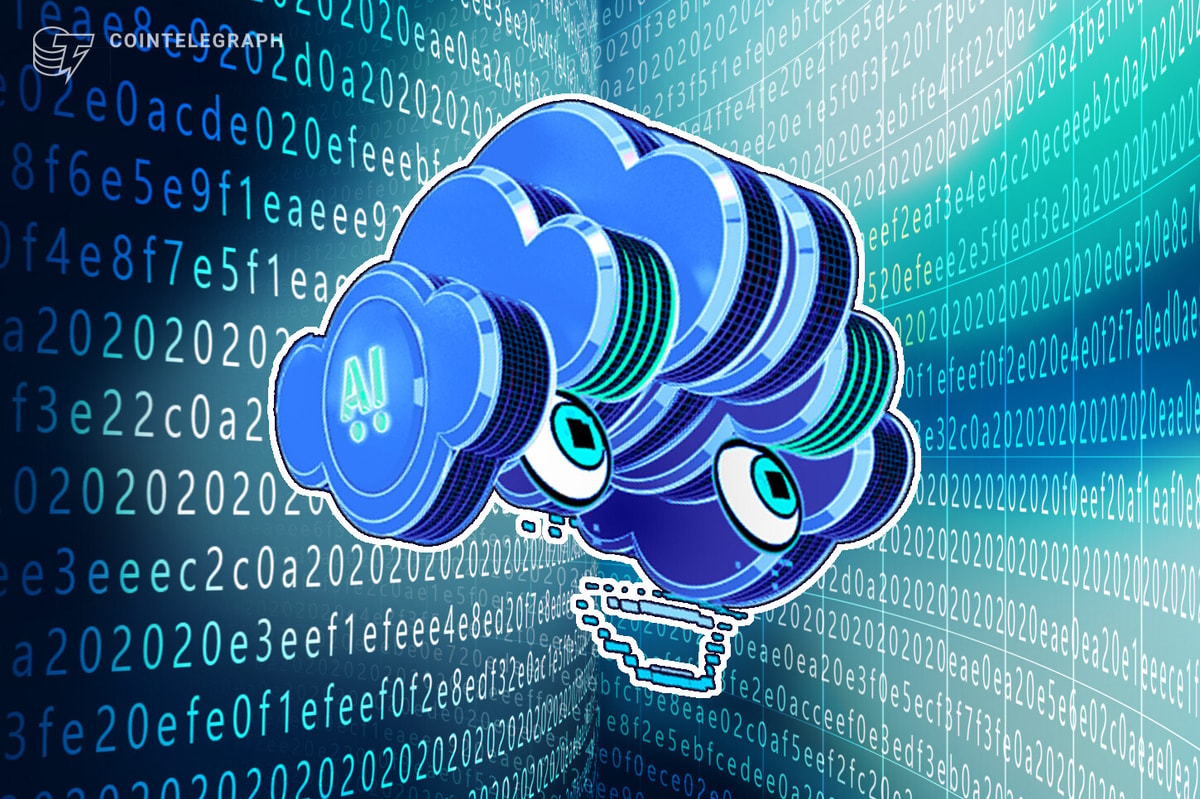As AI compute becomes increasingly valuable, there is a need for a more inclusive AI economy to ensure equitable distribution of AI’s benefits across society.
Opinion
Opinion by: Dr. Hoansoo Lee, co-founder of Exabits
Back in 2024, OpenAI’s Sam Altman proclaimed that compute would be the currency of the future, not fiat, crypto or gold. It’s no secret that compute has become a precious resource, driving everything from machine learning models to the broader digital economy.
Compute refers to the processing power and resources needed for AI training and inference — essentially, the backbone of modern artificial intelligence.
If compute is set to become one of the world’s most valuable assets, its distribution will likely divide the world into “haves” and “have-nots.” Large language model (LLM) giants often position AI development as a public good, even if some are shedding their status as nonprofit organizations.
If LLMs are being built as a public good and require massive compute resources to operate and train, why should only a select few profit from running infrastructure that siphons data from everyone?
Supply isn’t matching the demand
Since ChatGPT’s launch in 2022, AI has become increasingly powerful, simplifying daily routines and enhancing experiences across sectors. What began as a tool for gaining unprecedented access to information has since grown into a force changing traditional fields, many of which never even considered using AI until that point.
While some doubt AI, fearing it will make their job redundant, AI’s financial and social value — particularly that of LLMs — can be viewed as a form of “public good.” From boosting productivity to improving accessibility and advancing scientific research, AI is being used to drive positive improvements across industries.
In theory, AI as a resource can become a transformative tool for the greater good. It could bridge gaps in education by offering personalized learning experiences, enhance public health by improving diagnostic tools, and even stimulate economic growth by driving greater efficiency across industries.
The big promises made by AI are tempered, however, by the fact that Big Tech giants and corporations largely control its development and deployment. The limited opportunities for ordinary users to access or benefit from the technology — beyond basic use cases — ultimately reduce its overall impact.
Recent: Taking AI to the next step with blockchain and an ecosystem approach
For example, at the end of 2024, Microsoft acquired nearly 500,000 Nvidia Hopper chips — high-performance hardware necessary for training and running AI models. In addition to this notable acquisition, the company purchased a power plant to advance its cloud computing and AI initiatives.
The dynamic between the infrastructure supporting AI and those who control it mirrors the historical rise of industrial monopolies, where a few powerful corporations held control over essential resources.
Just as these monopolies dictated the pace of industrialization and restricted access to critical technologies, tech giants are now shaping the trajectory of AI development while confining its benefits to a select group. The concentration of power raises concerns about long-term implications for equitable access, echoing the monopolistic practices of the past.
Such an imbalance undermines AI’s potential to serve as an equitable, democratizing force. If the ability to leverage computational power becomes the new currency, how can society ensure fair participation when a privileged portion controls access to it?
It’s time to make way for an inclusive AI economy
There’s no denying that Big Tech deserves a seat at the table. They have collectively invested billions of dollars into the development of AI, and their extensive financial and technical resources are filling up the gas tank that has driven much of AI’s progress and success.
Venture capitalists also continue to pour money into the sector.
In 2024, more than 50 AI startups in the US raised more than $100 million. Yet, for some, the fatigue around AI is real. Many are hopping on the AI bandwagon without a genuine product or the capability to demonstrate tangible results, simply to ride the wave of the growing trend.
This sense of opportunism is similar to what has been seen with fiat and crypto. Both operate within established economic frameworks prioritizing accessibility, even if it’s not always equitable. Anyone interested in investing in these assets has some form of entry point available to them.
Similar to commonly employed economic models, the future of AI is intertwined with the development of systems that fuel innovation across sectors. While small investors might not be able to purchase AI in the same ways they buy fiat or crypto just yet, there are still ways society at large is benefiting from its potential.
For example, in manufacturing, predictive maintenance cuts downtime. In healthcare, AI-powered diagnostic tools improve patient outcomes and streamline care. These advancements show how AI delivers tangible value, yet there is still room for AI to make a more direct impact on individuals and their finances.
Inclusivity doesn’t mean totally dismantling Big Tech’s role in AI. It means ensuring that financial rewards generated by AI are distributed more equitably, creating opportunities for the broader society to participate and benefit fully.
Since AI emerged in the spotlight, it has transformed society. If Altman’s claims about the potential of AI are true and the technology could create unprecedented value and economic opportunities, then there must be a fundamental shift in how the economy of AI operates. For AI to fulfill its promise of widespread economic opportunity, inclusive frameworks that create and embrace shared value throughout society must be established.
Opinion by: Dr. Hoansoo Lee, co-founder of Exabits.
This article is for general information purposes and is not intended to be and should not be taken as legal or investment advice. The views, thoughts, and opinions expressed here are the author’s alone and do not necessarily reflect or represent the views and opinions of Cointelegraph.
This article first appeared at Cointelegraph.com News


